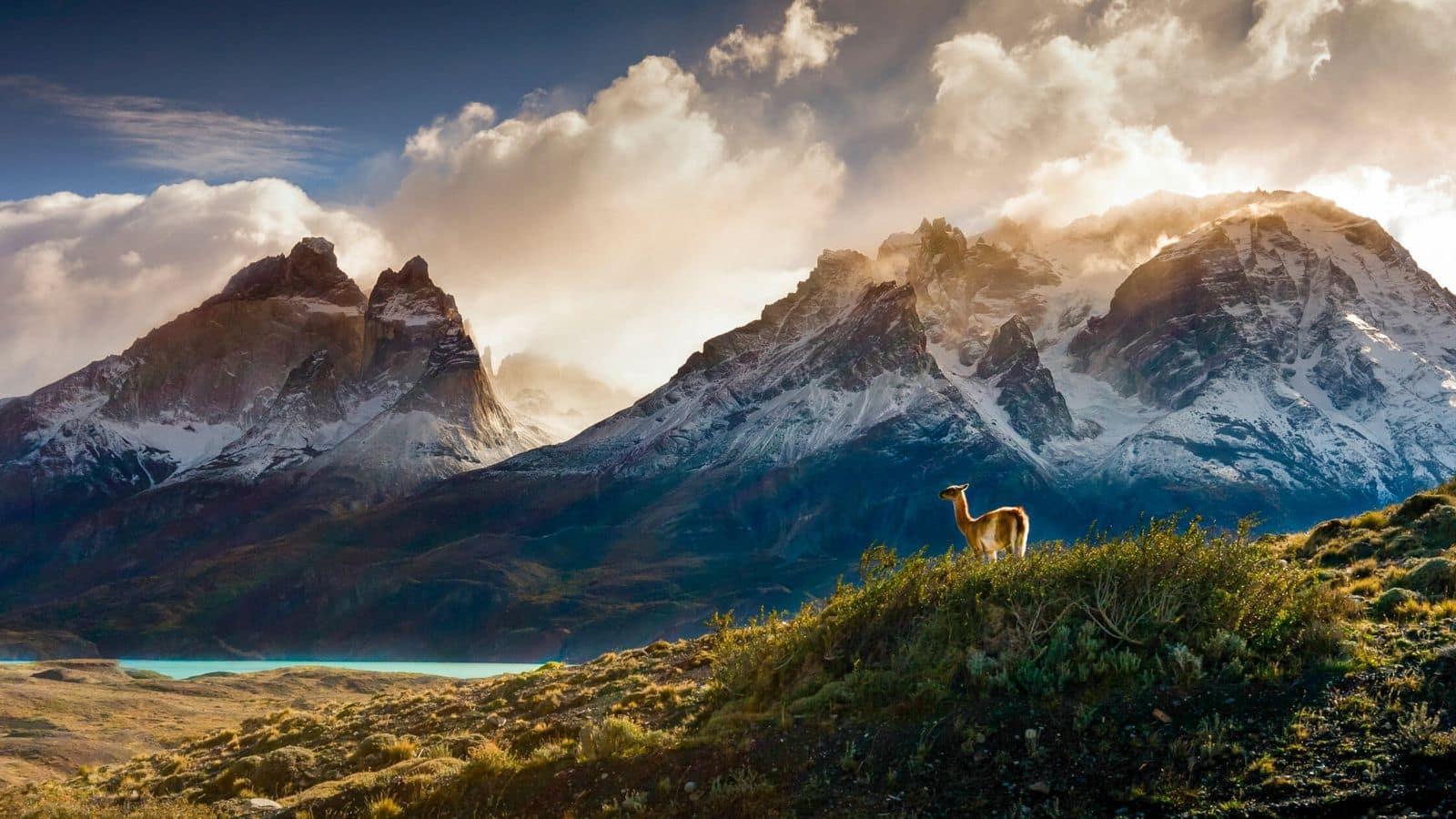
Add Patagonia's off-peak wildlife wonders to your itinerary
What's the story
Patagonia, a remote region shared by Argentina and Chile, is known for its rugged terrain, vast glaciers, and diverse wildlife.
While most travelers aim to visit during the bustling summer months, the off-peak seasons offer unique opportunities to experience Patagonia's natural beauty without the crowds.
This guide explores why visiting during these quieter times can lead to unforgettable wildlife encounters.
Autumn colors
Discover autumn's changing landscapes
From March to May, Patagonia transforms as lenga and nice trees burst into vibrant oranges and reds, offering a spectacular setting for wildlife viewing.
With fewer crowds, encounters with nature are more tranquil.
Guanacos begin their mating rituals, making it a prime time to observe various birds gearing up for migration.
This season blends serene beauty with lively wildlife activity.
Winter wildlife
Winter: A season of solitude
Winter in Patagonia, from June to August, is often overlooked due to the cold.
Yet, it offers a unique view of the region's rugged beauty and solitude.
The mountains are covered in snow, and many animals stay active. It's an ideal time to observe pumas hunting in the snowy landscapes.
With fewer tourists, wildlife is less skittish and more approachable, enhancing encounters.
Spring awakening
Spring blooms with life
From September to November, Patagonia awakens.
Flowers bloom and migratory birds, alongside newborn animals, enliven the landscape.
This period also heralds the return of southern right whales, visible on whale watching tours.
As snow melts, hidden hiking trails reappear, offering access to pristine areas.
Spring in Patagonia is a vibrant season of renewal and an ideal time for wildlife observation and exploration.
Birdwatching bliss
Best time for bird enthusiasts
For bird enthusiasts, late spring through early autumn presents an ideal window for birdwatching in Patagonia.
During these months, you can witness a variety of migratory birds alongside endemic species such as Magellanic woodpeckers and Andean condors against breathtaking landscapes devoid of summer crowds.
Early mornings are particularly magical as birds are most active during these hours.